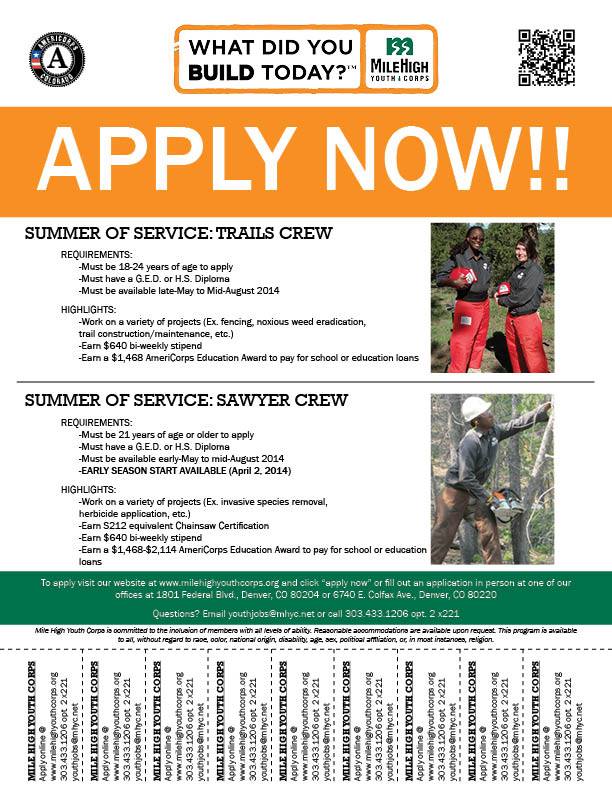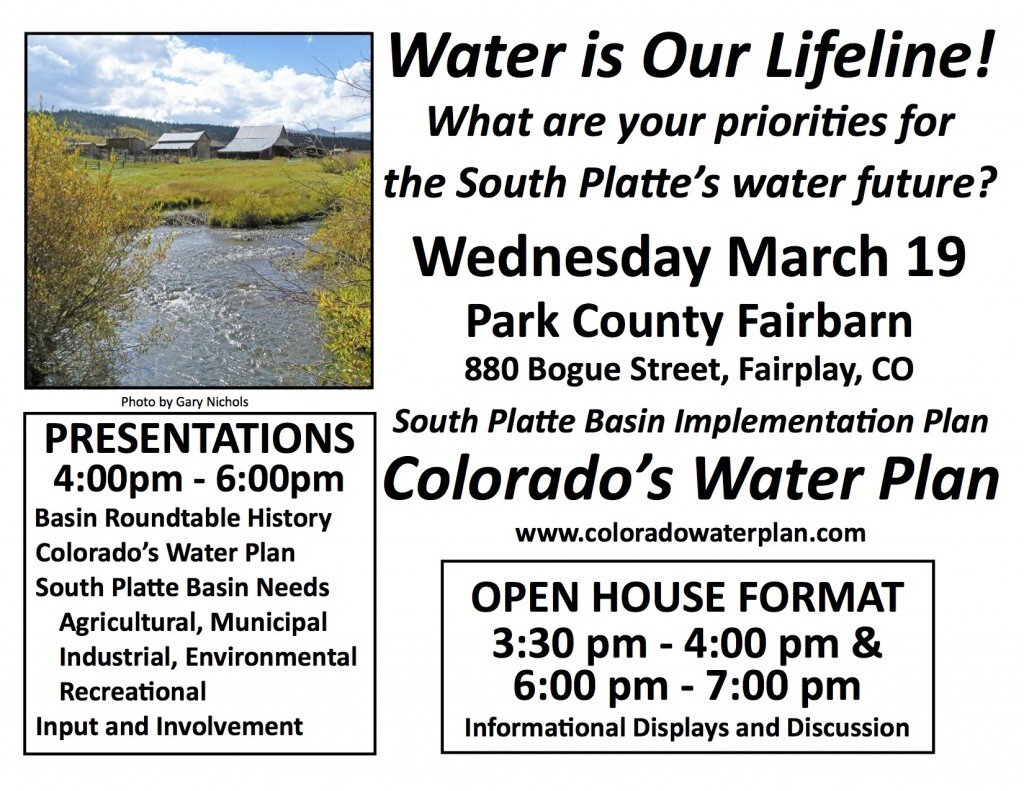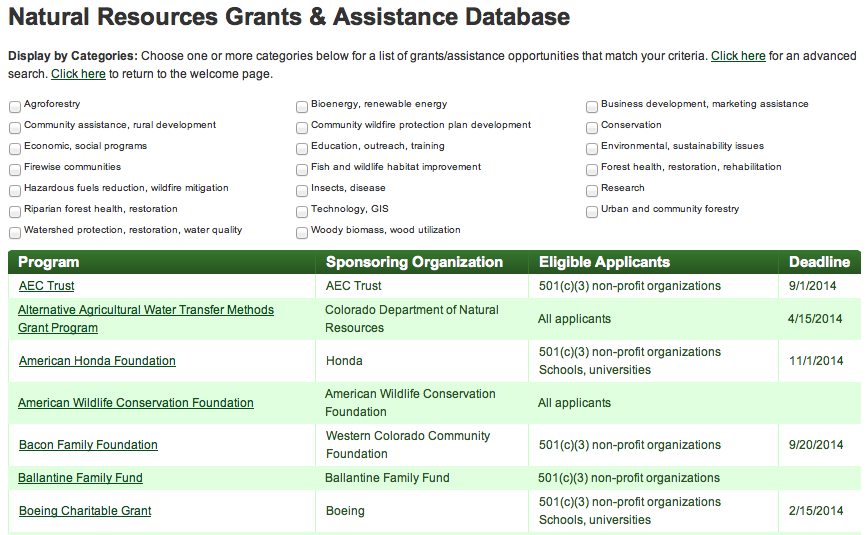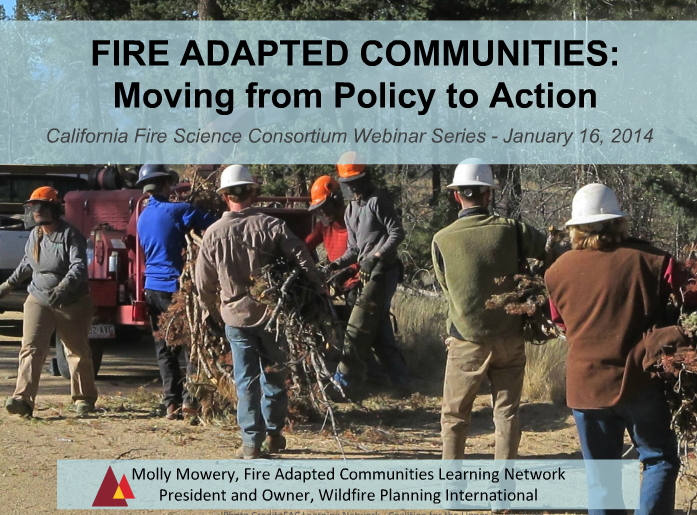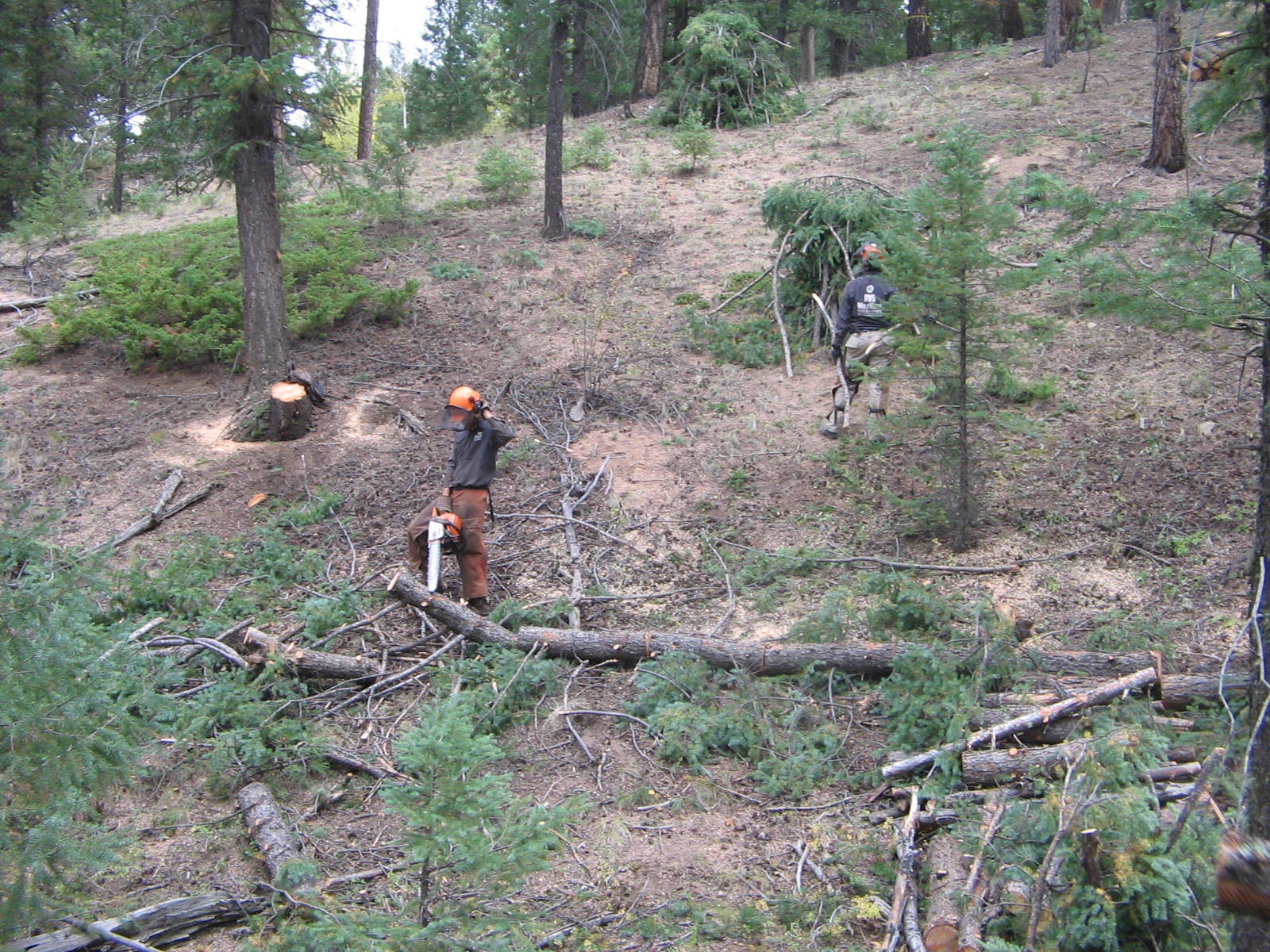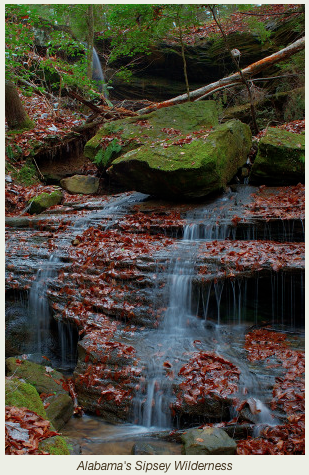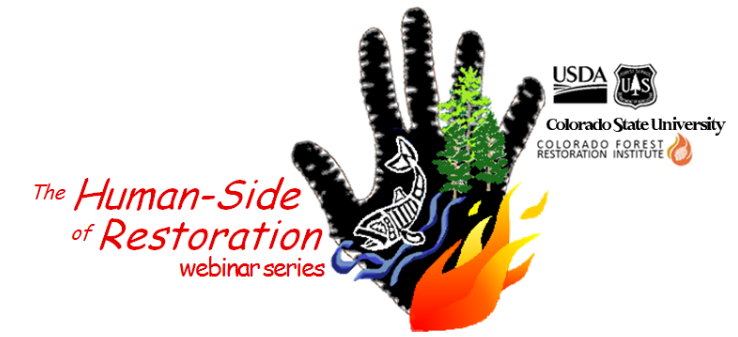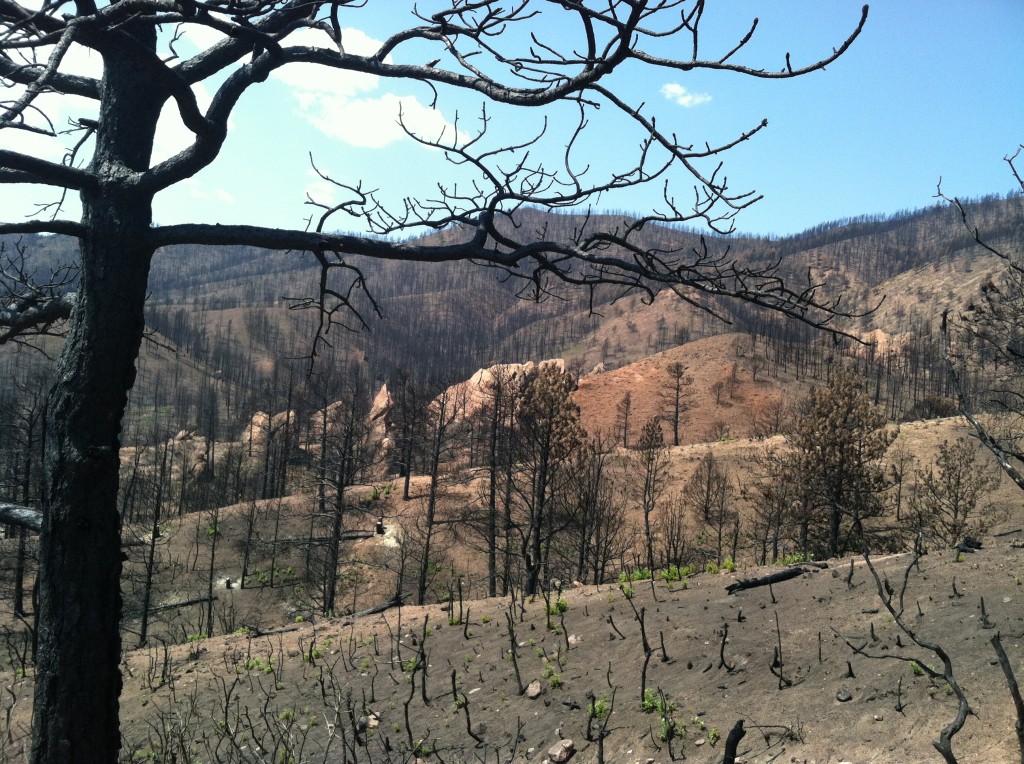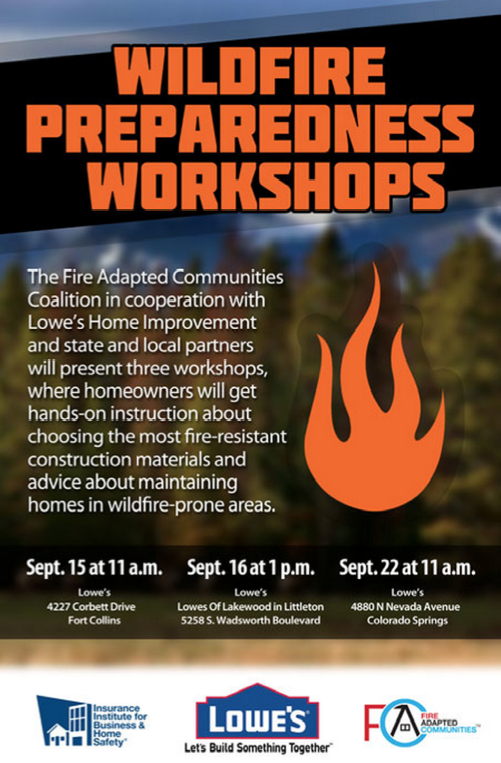Mile High Youth Corps is hiring for their Land Conservation Program. This is a great opportunity for youth ages 18-24 interested in getting hands-on experience doing environmental conservation work. Find more information about Mile High Youth Corps at www.milehighyouthcorps.org and apply for jobs here.
Saw Camping & Day Corpsmember – Colorado Springs
Rampart Camping Trail Corpsmember – Colorado Springs
Rampart Saw Camping Corpsmember – Colorado Springs
Pueblo Day and Camping Corpsmember – Pueblo
Day and Camping Trail Corpsmember – Colorado Springs
Crew Mentor – Colorado Springs
Saw Camping & Day Corpsmember – Canon City
Saw Crew Leader – Colorado Springs
Saw Day Crew Corpsmember – Colorado Springs
Senior Crew Supervisor
Trail Crew Leader – Colorado Springs

